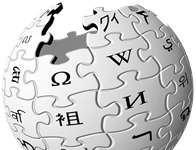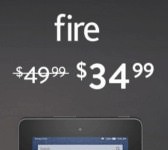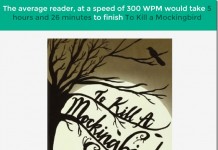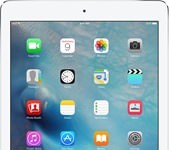“With regularity that rivals the seasons, eBooks and eBook readers are announced and quietly forgotten. Of course there is a current crop of them that looks promising, as they always do, but most eBooks have all of the limitations of paper and the worst characteristics of current computers and their ilk.” – Howard Strauss, manager of technology strategy and outreach at Princeton University, writing in Syllabus: Technology for Higher Education.
The TeleRead take: Given all the stupid licensing arrangements, it’s easy to see why existing e-books haven’t succeeded. What’s more screens could be better, battery life longer. Hey, you know the drill. But even with the present inadequacies of the technology, I find the tradeoff to be worthwhile–given the many thousands of titles that I can load into my eBookMan. Oh, I’d like more contemporary books to be available, but that’s what TeleRead is about. Just wait until the era of e-ink. Then the normal book metaphor will make sense; why, you’ll see the characters on real paper–flippable pages.
And by the way, it turns out that Strauss actually isn’t against all e-books. He just want them served up in a way consistent with his vision, and actually I like it, as long as it we understand that this is just another specialty device, a glorified .mp3 player in certain ways:
The information for a novel (or textbook, reference book, or other information source) should be stored in a standard format that allows it to be accessed from many different devices. The software that provides the access should also be able to run on a variety of devices. My collection of novels would be on a tiny pocket-sized device that I’ll call myOwn. “My” because intelligent devices are adaptable and I should be able to personalize each of them to my own whims and desires.
myOwn stores the text of thousands of books, but because it reads them to me, at most it needs only a tiny screen. myOwn is not a book-on-tape player, but a text-to-speech device that lets me drive or do other things while I listen to it read to me. It allows me to choose who will narrate a story and the various voices that will be assigned to different characters using voice patterns of people alive and deceased. The use of different fonts to represent different speakers in a document doesn’t surprise anyone. Voice patterns are just vocal fonts. myOwn could read MacBeth with Howard Cosell’s voice assigned to Duncan and Meryl Streep’s to Lady MacBeth.
Because myOwn performs text-to-speech, it could easily talk faster or slower without the annoying change in pitch that a tape recording would give. You can listen much faster than you can read. To actually read from myOwn, just connect it to any device that displays information: a TV, laptop, PDA, or whatever.
myOwn is also a fine device for reference material, such as dictionaries or phone books, that return a small amount of information suitable for its tiny screen. But like a PDA screen, it’s an awful place to display Web sites and other large quantities of text and images. While myOwn has a tiny keyboard, most of the time you’d just talk to it and it would respond verbally, or you could read the answer on its screen.

































